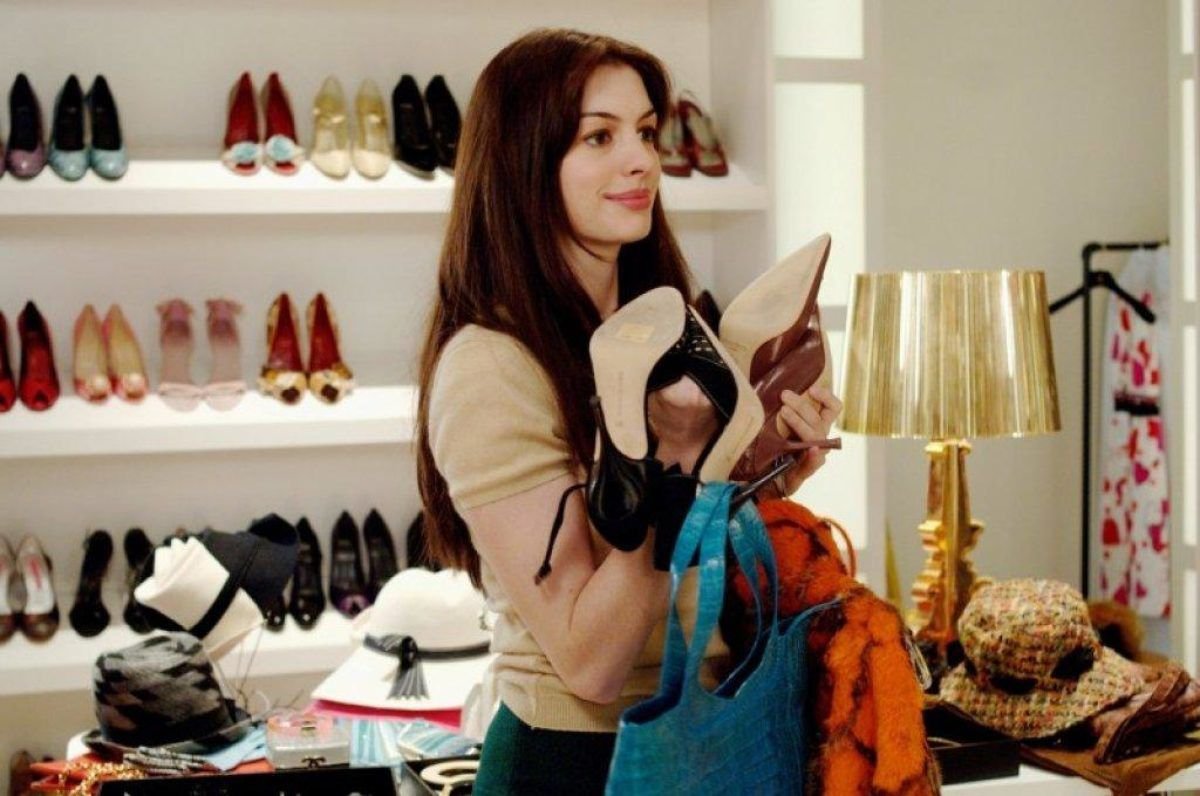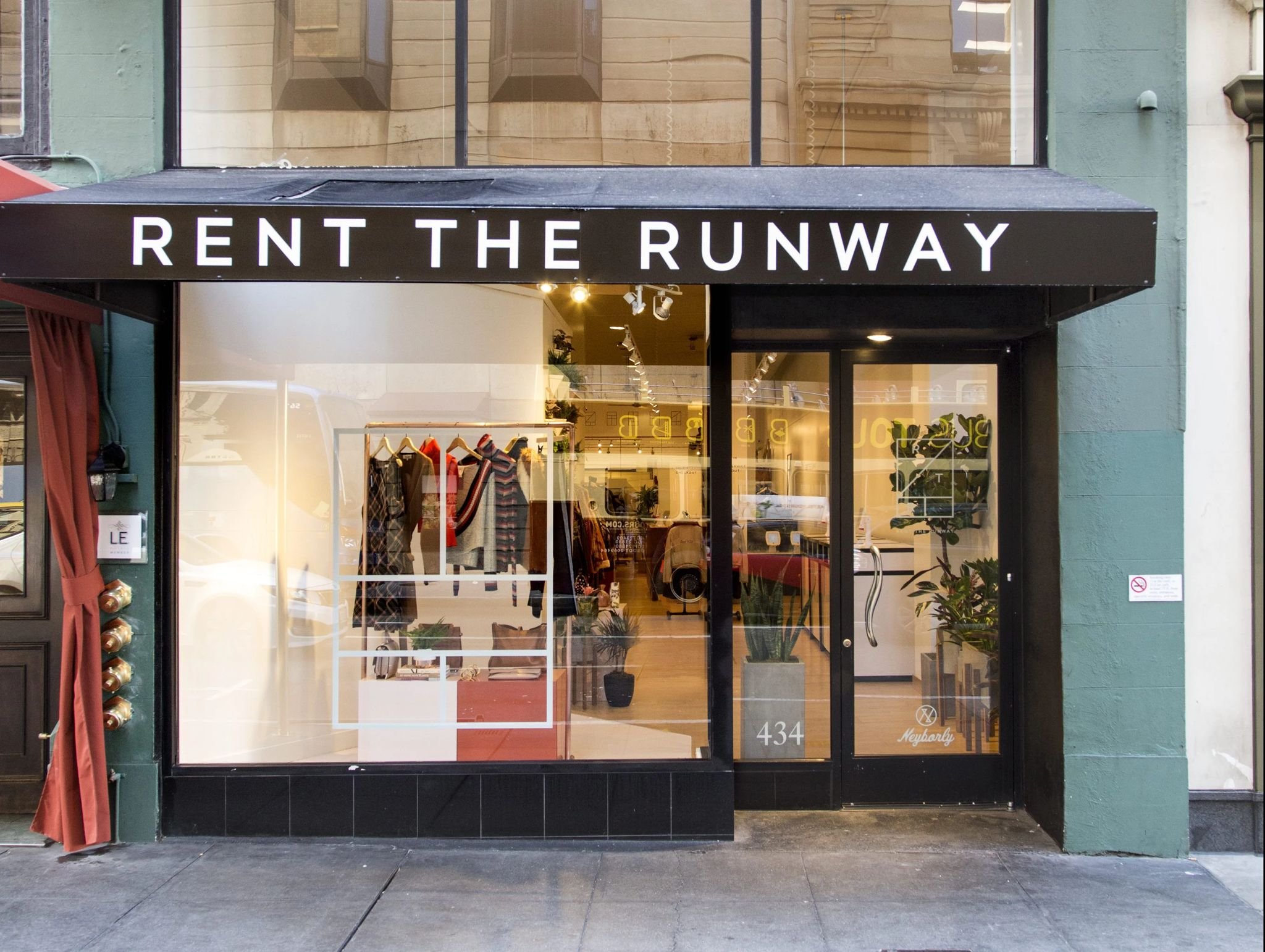Fashion renting : sharing is caring
The fashion renting could became the the future of the fashion industry. Although it is still a marginal phenomenon that not everyone is familiar with, its characteristics and the rapid popularity it has gained give us hope for it. But what is the Fashion renting and how it works?
a party (x) rents an asset (Y) through a platform (there are several) and from then on the service works like any other renting: a rental price, a furata and a pick-up and return location are established.Originating in America and exploding in China and England, fashion renting consists of renting clothes, bags and accessories, especially when of high quality (and high cost). First of all, it must keep in mind that the renter or the renting company retains possession of the garment or accessory, while makes it available to the consumer through rental, the company also remains responsible for the maintenance and preservation of the product, taking care of the sanitization and integrity check upon its return. After this last step, the garment becomes available again to new consumers, so the life cycle of the product becomes very long.
This explains the huge success of Fashion Renting: it is a trend that replaces the concept of 'possession' with the mere use of the garment or accessory. But these are not the only reasons for the exponential development of the movement. Fashion Renting avoids unnecessary consumption, reduces environmental pollution and discourages harmful Fast Fashion. In fact, the quality and longevity of the products are increased, greatly limiting unnecessary waste and at the same time reducing the use of precious natural resources: the planet is suffering incredibly due to the enormous waste associated with the world of fast and low-cost fashion, which has now become unsustainable for the environment. The benefits are also directly reflected on the consumer, who can finally afford high fashion products without having to pay too much
According to a new report by Grand View Research Inc, the global online clothing rental market size is expected to reach USD 2.33 billion in 2030 registering a CAGR of 8.5% from 2022 to 2030. Increasing online retail is the primary driving factor for this growth, moreover, technological advancements, internet penetration, and the increasing popularity of online shopping portals during the last few years after the COVID-19 are the factors driving the market. Furthermore, the rise in the popularity of fashion vlogs, the film industry, and the television industry is expected to fuel market growth. These industries require clothes for a short duration and they prefer renting them instead of buying them, so this growth is expected to impact demand for online clothing rental in the forthcoming years. Another element supporting the market's expansion is growing awareness of environmentally friendly clothes and the benefits of sharing and recycling clothing, reusing worn clothing, using less plastic packaging, and efficiently making use of recyclable, renewable, manufacturing resources like power, water, and other materials are just a few examples of the sustainability practices that are becoming more and more popular, which is helping the industry to expand. Online clothing rental services also allow brand- and price-conscious consumers to try on a range of clothes without buying them, as there is a growing emphasis on sharing rather than owning.
How does it work?
The rental of clothes is mainly done through online platforms, which allow you to book the products and pick them up on site or receive them in the comfort of your own home.
Generally, the rental lasts between four and eight days, but can be as long as one month, and the price includes a laundry, sanitation and tailoring service.
Basically:
- You choose the garment
- You select the size
- You choose the rental duration
- You make the payment
- You receive the product directly at home
- On the pre-arranged day, you return the garment to the courier.
And how much does it cost?
The cost of renting a haute couture garment is around 10% to 20% of the selling price to the end consumer. If a haute couture dress costs around 1,000 euros, you can rent it for 100 to 200 euros at the most.The duration of the rental, as mentioned above, varies from a few days to a whole month, but we can also rent the same clothes several times. Basically, for 100 or 200 euros you have a complete package of services, which are not limited to rental alone. With the rental of clothes (and with renting in general) you contribuite to initiate the so-called 'Experience Economy'.
This consists in not spending too much money to buy huge quantities of clothes, jewellery or accessories, rather, one prefers to invest it in experiences such as trips, concerts or in the good feeling of wearing a piece of Haute Couture clothing
At the beginning COVID-19 has negatively impacted the online clothing rental market, as well as all other markets of course, as a result of the lockdown, all businesses, except essential services, were closed which disrupted the supply and distribution of online clothing thereby affecting the clothing manufacturers. For instance, in the U.S. in response to the pandemic, Rent the Runway, the main fashion rental model, announced layoffs, temporary pay reductions, and staff furloughs. Not to mention the situation in China, where the attitude is different towards second-hand clothes, or in general towards objects previously owned by another owner, in fact one believes that products remain impacted by past histories and energies and one prefers to choose something new, a fresh start, a new life, paying less attention to the sustainable discourse. Although in 2014 the Chinese market was one of the first to launch fashion renting start-ups such as Y-Closet, Starlux, and Ms. Paris, all heavily backed by venture capital, and although according to data provider QuestionMobile from 2014 to 2017 the resale platforms sector boomed receiving over $130 million from venture capital firms and 37 million new users, the wave of China’s clothing rental services is now receding as fast as it came, becoming a microcosm of the country’s growth in sharing economy. Many of these companies have gone bankrupt and China does not seem to give too much importance to the sector. A report from one of these luxury rental platforms, Starlux, showed that their rental demographic overlaps with luxury buyers. Among their 10,000 users, more than 40 percent of them are already heavy luxury goods buyers whose consumption of luxury goods is annually above $30,000 (RMB 200,000).
Fashion Renting is an excellent alternative to the damaging of Fast Fashion, which threatens to destroy our Planet. According to the newspaper El País, in the last fifteen years the average lifespan of fashion garments has decreased by more than 35% and clothing has an average life of less than 160 uses. A mammoth waste, considering the 16 million tonnes of textile waste that results (in Europe alone). This is why Fast Fashion is primarily responsible for the environmental pollution caused by the textile industry. Giving new life to garments, producing fewer, high-quality collections so that they can be used and reused, means fighting Fast Fashion and moving towards a more sustainable economy. Fashion Renting, operating in a totally opposite way to Fast Fashion, represents a truly excellent opportunity for economic savings and greater sustainability.
Fashion Renting, combined with Slow Fashion, is the sustainable alternative to low cost fashion.
It focuses on product quality and allows everyone to have access to high quality clothing. This is accompanied by affordable prices and a secure rental process that extends the life of the garments. Let us also not overlook the practical aspect: 9 times out of 10 we are driven to buy a Fast Fashion garment because we think it is fashionable, and it is sold at an extremely low price. We go for the sensation, the compulsive buying and because 'it's cheap anyway'. And then what?
Most of these garments end up at the bottom of the wardrobe and will only be worn five or six times in their lifetime. Eventually everything gets thrown away, because the space available to us is very limited. Even more often we are faced with poor quality garments and after a few machine washes, the fabric loses colour, becomes deformed and the seams become damaged. Instead, we should look for beautiful, fashionable garments of superior quality. That's the real sense of investing: little but good, even better if I can keep it for a few days and then try something else.
Spend less and have more, this is what happens when you replace possession with sharing. We are moving into a future where interconnectedness is at the core of our needs, why not make it at the core of our habits too?
Some of the key renting companies worldwide:
1.The Clothing Rental
2.Rent the runway
3.Flyrobe.com
4.Share Wardrobe
5.Secoo Holding Limited
6.Gwynnie Bee
7.Le Tote
8.Swapdom
9.Style Lend
10.Dress Hire
and the main fashion renting addresses in Italy :
1-DressYouCan
Showroom: via Mancini 7, Milano
2-Drexcode
Showroom: via Alberto da Giussano 22, Milano
3-Fiore Archivio
Da Marzo 2022, showroom: via Alessandro Manzoni 212, Napoli
4-Rent Fashion Bag
https://www.rentfashionbag.it/
5-Re-Use With Love
via Savenella 13, Bologna
https://www.reusewithlove.org/
6-Revest
Showroom: via Cappuccio 14, Milano
https://revest.it/







